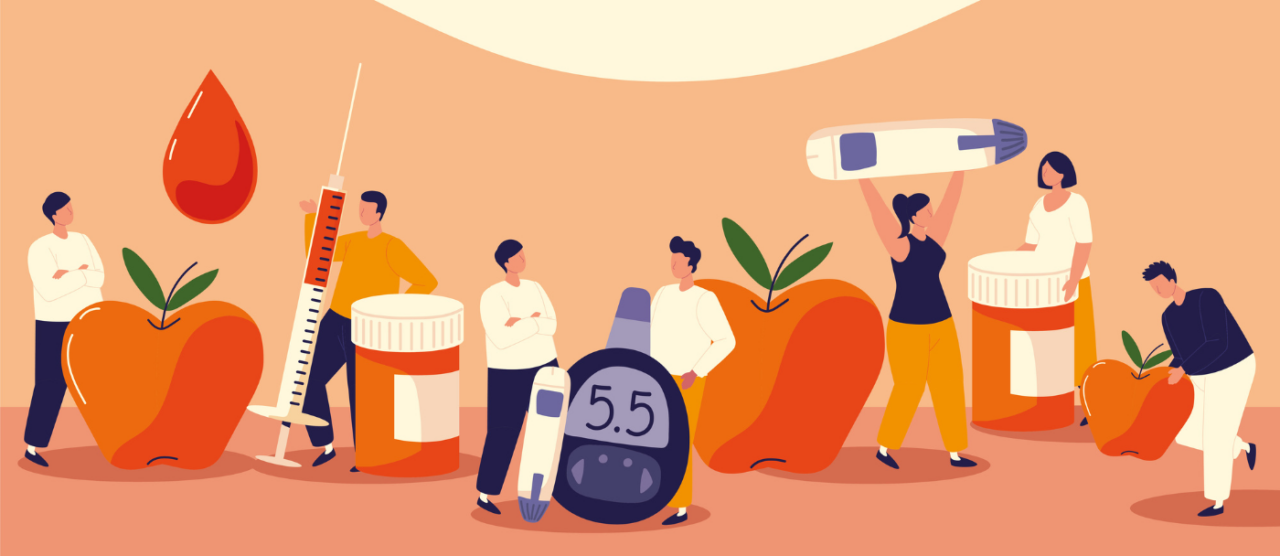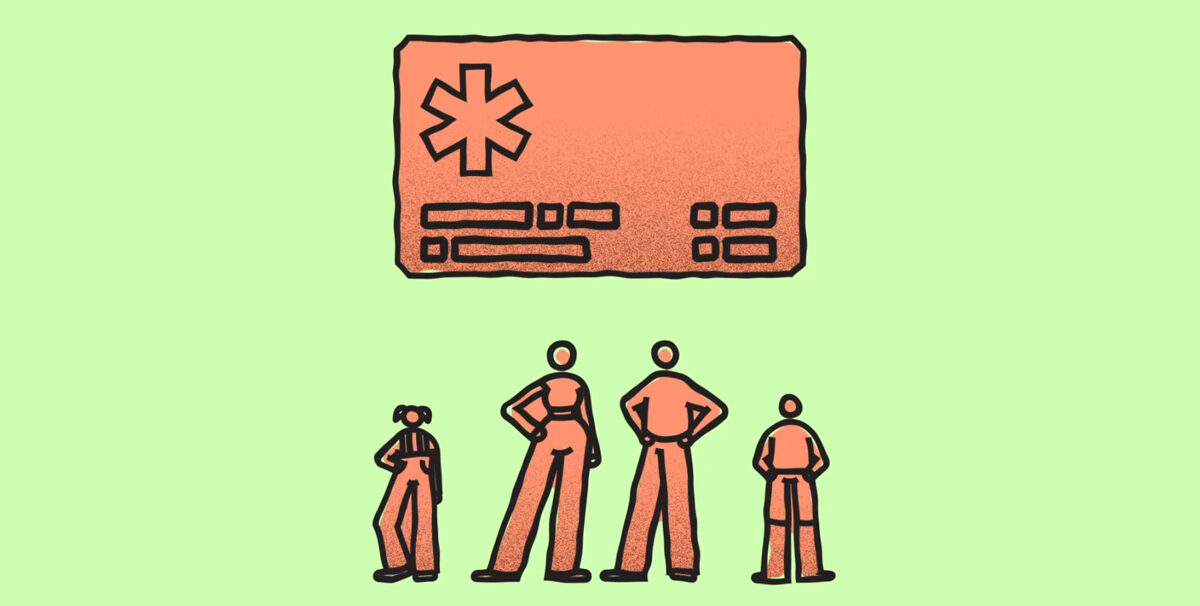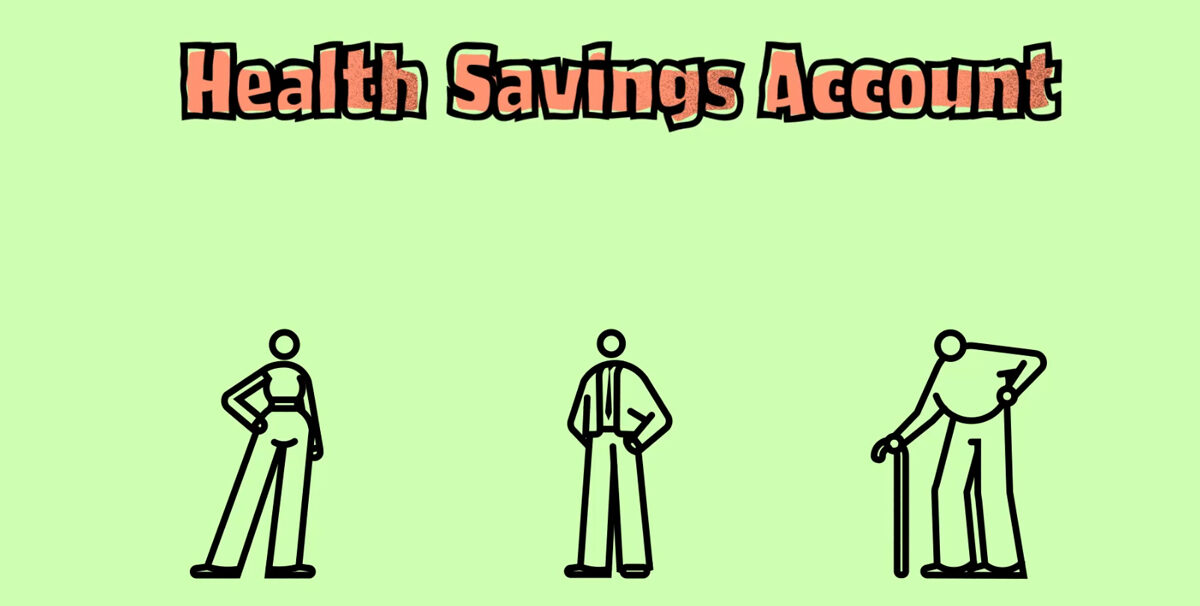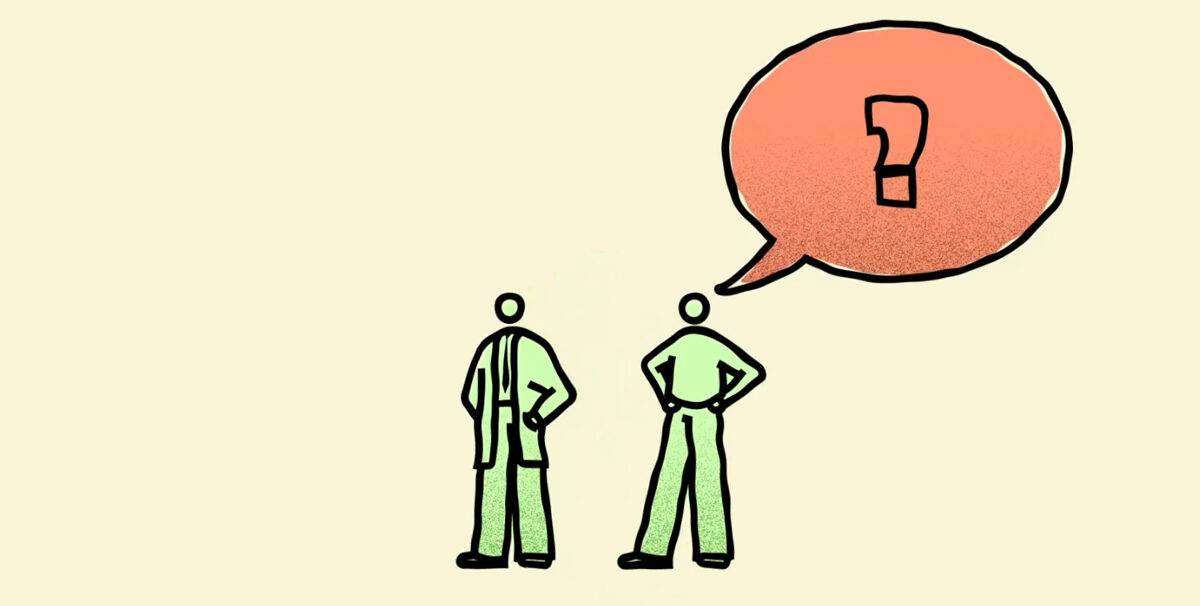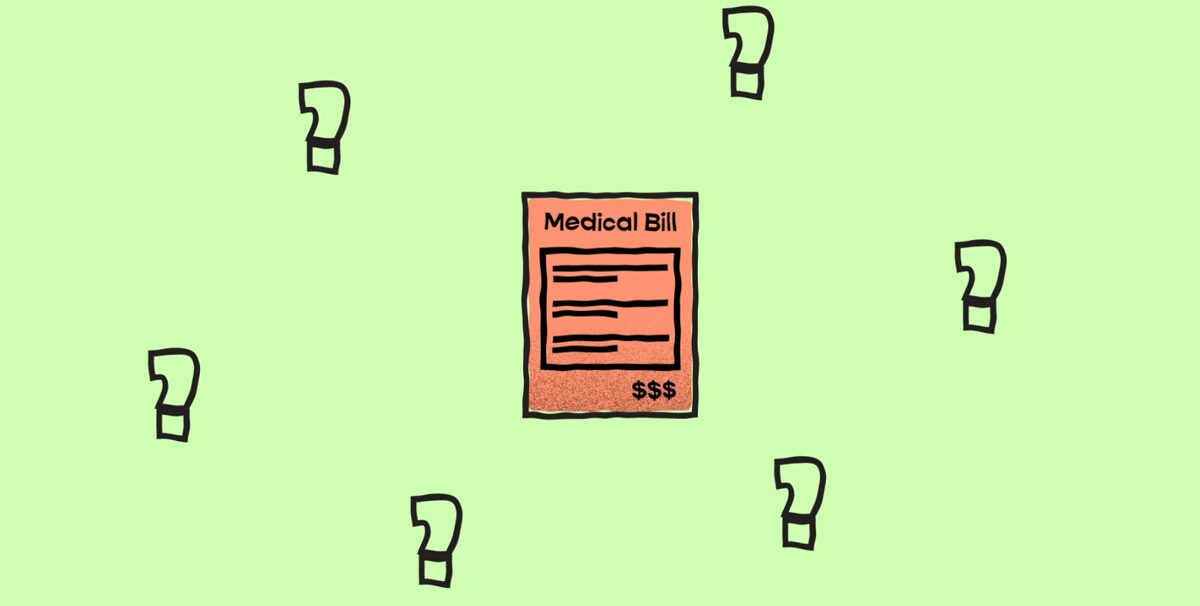What is Diabetes?
Diabetes is a chronic health condition that affects how your body is able to turn food into energy. The food you eat is broken down into sugar (glucose) and released into your bloodstream. As your blood sugar goes up, your pancreas releases insulin. This allows the blood sugar to enter your body’s cells for use as energy. A person with diabetes doesn’t make enough insulin or can’t properly use insulin. There are two main types of diabetes:
- Type 1: occurs when your pancreas doesn’t produce enough insulin. This type of diabetes is usually diagnosed in children, teens and young adults, but it can develop at any age.
- Type 2: occurs when your cells don’t respond normally to insulin, which is known as insulin resistance. Out of the 34 million Americans with diabetes, approximately 90% – 95% of them have Type 2 diabetes.
Diabetes Symptoms
Diabetes symptoms vary depending on how much your blood sugar is elevated. People with Type 2 diabetes may not initially experience any symptoms. However, those with Type 1 diabetes may experience severe symptoms that can develop in a short amount of time. Signs and symptoms of Type 1 and Type 2 diabetes may include excessive thirst, frequent urination, extreme hunger, unexplained weight loss, fatigue, blurred vision, and slow-healing sores.
Addressing Diabetes
To properly manage diabetes, it’s important to do the following:
- Eat healthy. Enjoy a diet rich in fruits, vegetables, lean proteins and whole grains, avoiding foods high in saturated fats and refined carbohydrates.
- Stay physically active. Moving your body lowers your blood sugar level by moving sugar into your cells where it’s used for energy. It’s important to aim for at least 30 minutes of movement a day.
- Manage stressors. Taking time to relax and unplug naturally decreases your cortisol levels. To destress try a relaxing activity, practice gratitude, learn to establish boundaries and/or focus on mindfulness breathwork techniques.
- Consistent sleep. Aim for 7-8 hours of consistent sleep each day with the help of a relaxing bedtime routine, a cool sleep environment and by limiting screen time.
Daylight Saving Time and Your Health
- Exercise in the Morning
- Prioritize sunlight exposure
- Keep a consistent routine
- Remove sleep disturbances
- Start each day with an intention. People often set goals and intentions seasonally, making fall the perfect time to refocus your time and energy. Setting intentions can help align your values with your purpose.
- Keep a gratitude journal. Make a daily habit of noting what you’re grateful for during the fall. Reflecting on these moments of gratitude can help you appreciate the season more deeply.
- Practice meditation. Take a moment each day to meditate and practice deep, mindful breathing. This exercise can help you stay grounded and calm during the busyness of the season.
- Cook a seasonal recipe. Savor the seasonal flavors and cook a delicious homemade meal or bake a sweet treat. Fall flavors (e.g., apple, pumpkin, maple, ginger, cinnamon and sage) can add a comforting touch to your cooking.
Practicing Gratitude
- Keep a gratitude journal. Each day, write down three things you’re grateful for and reflect on why they’re meaningful to you.
- Express thanks. send a quick text or write a note to someone you appreciate.
- Embrace mindful moments. Pause to appreciate the beauty or the good around you, such as a sunny day or a kind gesture. It can be as simple as taking a few deep breaths and focusing on what you’re thankful for in that moment.
- Try meditation. Focus on the things you’re grateful for and visualize the positive aspects of your life.
- Take a walk. Go for a walk and consciously notice things you’re grateful for in your surroundings. Then, reflect on these observations and how they enhance your life.
Prioritizing Your Emotional Well-being During the Holidays
- Practice healthy habits. Maintaining a consistent sleep schedule and eating a balanced diet will help ensure you have enough physical and mental energy to tackle responsibilities and challenges.
- Stick to a routine. It’s important to keep a daily schedule for work and personal time. Checking items off your to-do list can also help you feel accomplished.
- Decrease caffeine and alcohol use. Although alcohol and caffeine often appear at celebrations, these substances can provoke feelings of depression, anxiety and other mental health challenges.
- Maintain your boundaries. Your calendar may quickly fill up with work, personal and social events. Get comfortable saying “no” and reducing extra activities or tasks so you aren’t overloaded.
- Incorporate positive activities. Get into the habit of caring for yourself and doing activities that make you happy. During a fast-paced month, it’s vital to slow down and prioritize self-care

